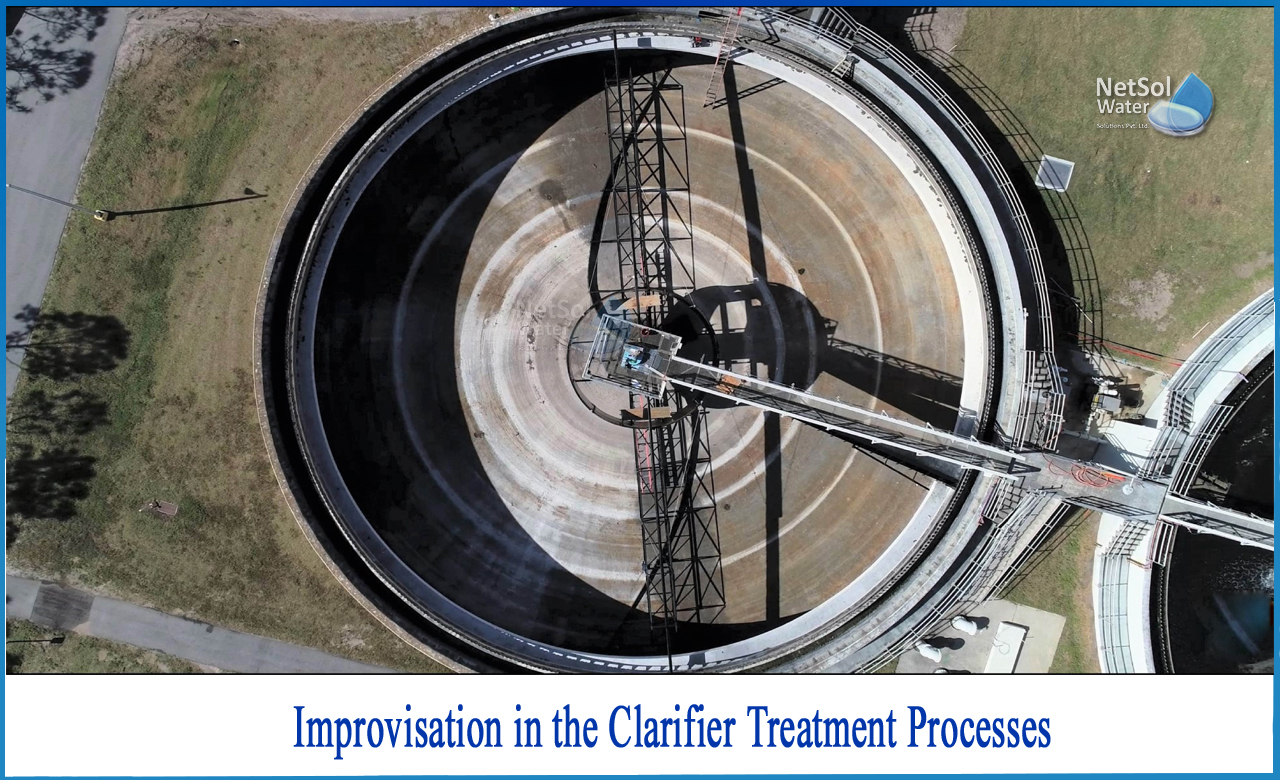How to Improve Clarifier Treatment Processes?
Clarifiers are settling tanks with mechanisms for removing sediments deposited by sedimentation on a continual basis. It is a device that removes solid particles or suspended solids from liquids in order to clarify or thicken them. Solid contaminants settle to the bottom of the clarifier tank, where they are gathered by a scraper mechanism. Sludge refers to concentrated pollutants expelled from the tank's bottom, whereas scum refers to particles that float to the liquid's surface.
In a wastewater treatment facility, there are numerous clarifier designs that differ based on the application and use. Primary, secondary, circular, rectangular, lamella, and solids contact clarifiers are among the options.
Purpose of clarifier treatment
In a treatment scheme, clarifiers (sedimentation basins, settling tanks) are meant to perform three functions:
a. Use sedimentation to separate solids from liquids;
b. Flotation to remove scum from liquid;
c. Thicken solids in preparation for removal and further processing.
Improvisation in the Clarifier treatment processes
1: To generate a larger floc, use coagulants: Chemicals called coagulants are used to help eliminate the colour and cloudiness found in untreated, raw water. They can be biological or inorganic in nature. The former are more expensive and are only employed in facilities where a modest dose is cost effective, whereas the latter are common compounds that rely on aluminium or iron. Charged particles are neutralized and suspended solids are destabilized when inorganic salts (such as aluminium or iron) are added to the water.
Flocculation occurs next, with the neutralized particles colliding and forming bigger particles, often known as agglomeration or 'floc.' This process can happen spontaneously, but it can also be aided by the addition of polymeric flocculants aid. When there is a lot of turbidity in the water, this is the optimum time to do it. Flocculation reduces water turbidity and removes colour, particles, and colloidal material from wastewater when combined with coagulants, sludge treatment, and filtration of cleared elements.As a result of all of this, flocs will be easier to settle.
2: Reduce flow rate to the clarifier to give more settling time:The maximum solids loading rate decreases when sludge does not settle adequately. A Plant Manager can do a few things to lower this rate:
i) Reduce the mixed liquid suspended solids content to reduce the sludge age;
ii) Reduce the rate of activated sludge return;
iii) Increase the number of clarifiers used in the treatment procedure;
iv) Add a polymer or flocculent to artificially modify the sludge volume index;
v) Clarifiers have come a long way in recent years, with specially constructed walls to increase flow uniformity now being added. This reduces the risk of hydraulic instability and potential flow short-circuiting, which is critical considering that a clarifier will be running almost continuously.
3: Maintain a healthy bacterial population: Plant Managers, Wastewater Directors, and Wastewater Operators are responsible for maintaining a healthy balance of microorganisms in wastewater treatment plants.
'Good' bacteria are required to treat wastewater efficiently and safely, whereas 'bad' bacteria must be avoided since they can disrupt the plant's operation and pollute the environment if discharged. The spontaneous production of flocs that settle will be aided by maintaining healthy bacteria levels. Small flocs, on the other hand, will float in the clarifier and result in a more murky effluent. Lower the age of the sludge to reduce the chances of this happening.
What can Netsol Water offer you?
We are one of the leading water and wastewater treatment company in India with services in the field of WTP plant manufacturing, WWTP plant manufacturing. We also manufacture sewage treatment plants and effluent treatment plants as per customization.



